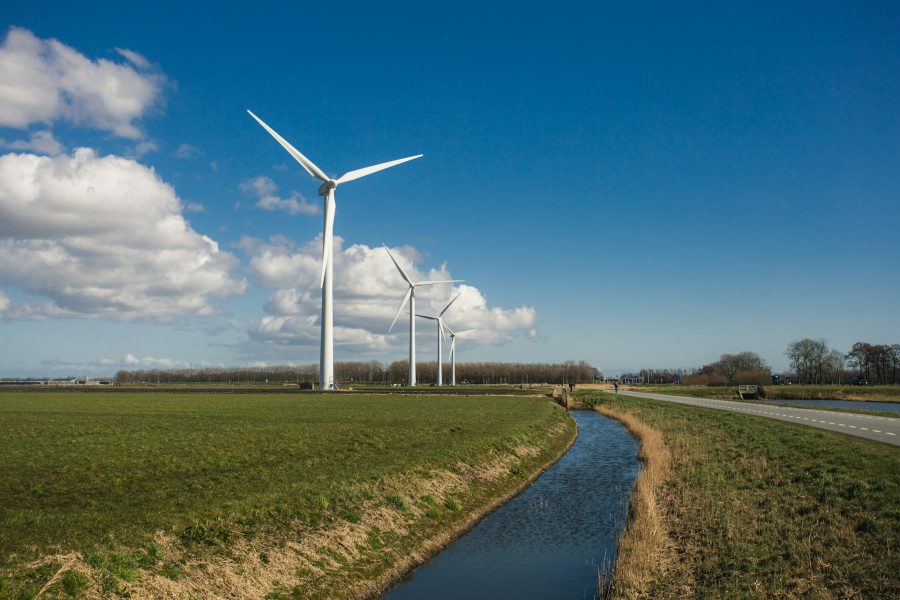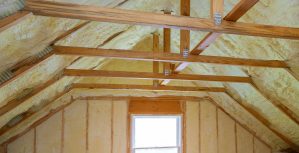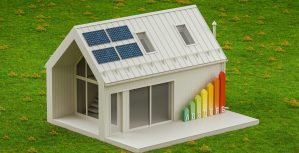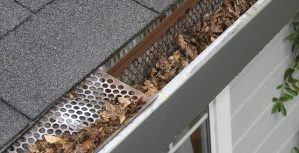The Costs Associated with Operating and Maintaining Wind Turbines
Modern wind turbines are designed for a robust operational lifespan of 120,000 hours over 20 years, equating to about 66% uptime. This operational endurance far exceeds that of modern car engines, which are built to last between 4,000 to 6,000 hours, averaging around 49 minutes of daily use over the same period.
Operation and Maintenance Costs
The maintenance costs of new wind turbines start very low but increase as the turbines age. Danish studies on 5,000 wind turbines installed since 1975 indicate that each successive generation of turbines has had lower repair and maintenance costs compared to their predecessors. This comparison was made between turbines built around the same time but belonging to different technological generations.
Older wind turbines have annual maintenance costs averaging around 3% of their original cost. However, newer turbines, which are substantially larger, benefit from economies of scale, resulting in lower maintenance costs per kW of rated power. This is because larger turbines do not require more frequent servicing than smaller ones. Additionally, continuous advancements in materials and techniques contribute to reduced maintenance costs. For modern turbines, estimated maintenance costs range between 1.5% to 2% of the original investment per annum.
While most maintenance costs are fixed annually for regular servicing, basing maintenance costs on a per kWh rate can be preferable. This method accounts for the increased wear and tear that comes with higher production levels, thus balancing cost savings with the maintenance needs.
Economies of Scale
Operating wind parks, as opposed to individual turbines, provides additional economies of scale. Savings are realised through reduced costs associated with six-monthly maintenance visits, surveillance, and administration on a per kW basis. By managing multiple turbines within a farm, operators can spread these costs more efficiently, leading to lower overall maintenance expenses.
Turbine Refurbishment and Major Overhauls
Every machine has a design lifetime based on the expected lifespan of its components. Moving parts and exposed components, such as rotor blades and gearboxes, experience more wear and tear compared to static or shielded parts. When a turbine reaches the end of its technical design life, refurbishing it can often be more cost-effective than replacing it entirely. A major overhaul might include replacing internal components and rotor blades, while the tower itself often remains in good condition and can continue to be used safely.
The cost of replacement components, such as rotor blades, gearboxes, and generators, is typically between 15% to 20% of a new turbine’s price. However, a thorough check of existing components is necessary to ensure they are safe and suitable for continued use.
Project and Design Lifetime
Wind turbine components are typically designed to operate reliably for twenty years. While it is feasible to design some components to last longer, it is often not cost-effective due to the high expense of building such durable parts. By agreeing on a twenty-year design lifetime, engineers strike an economic compromise, ensuring components are reliable for two decades.
A wind turbine’s actual lifetime can exceed its design lifetime, depending on the build quality of its components, assembly precision, and local environmental conditions. Environmental factors include not only wind turbulence but also air density, average humidity, and seismic activity. For instance, offshore turbines may have longer lifespans due to lower wind turbulence at sea, but they also incur higher maintenance costs due to the difficulty of access.
By considering these factors, wind turbine operators can maximise the efficiency and lifespan of their investments, ensuring a sustainable and cost-effective energy solution.
Share It on :





